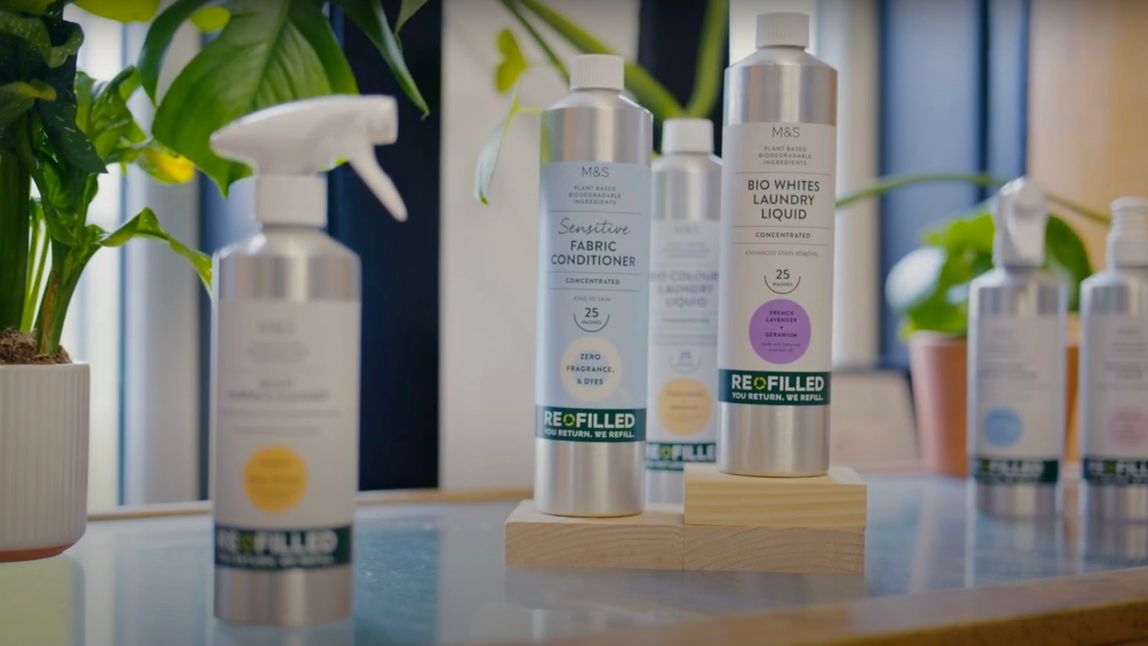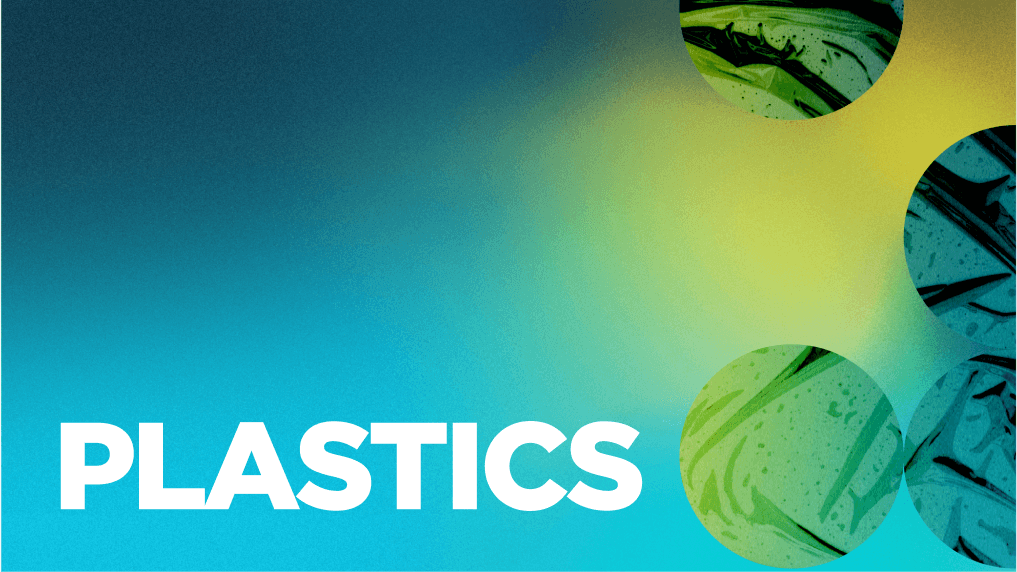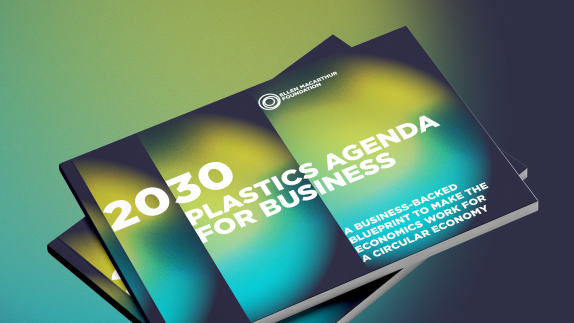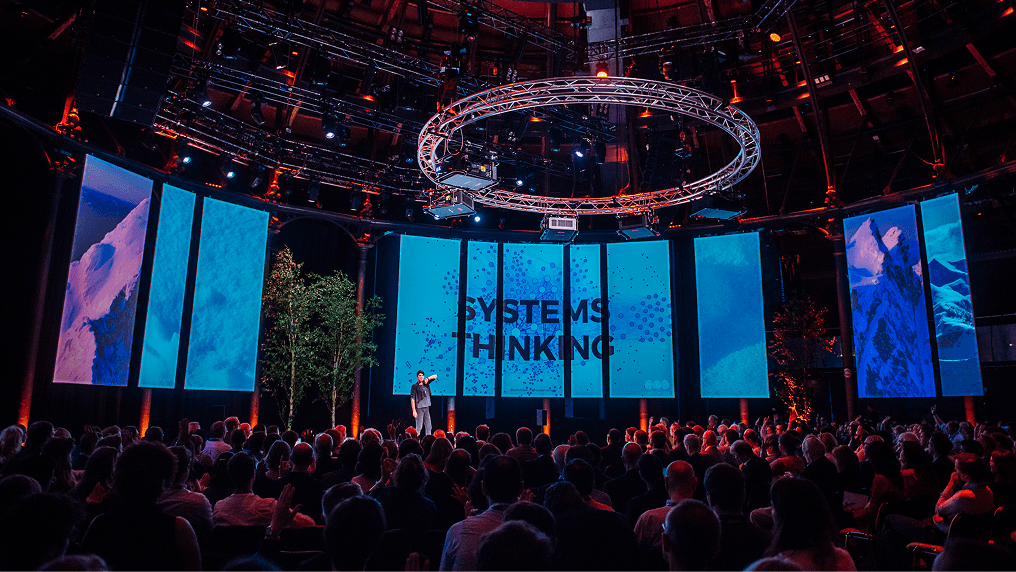Moving from single-use to reuse models presents one of the biggest opportunities to reduce plastic pollution. It is estimated that moving to reuse models can provide over 20% reduction in total annual plastic leakage to the ocean by 2040 [Pew Charitable Trusts and Systemiq. Breaking the Plastic Wave (2020)]. The reuse market is a multi-billion dollar economic opportunity, providing benefits to customers, and creating jobs across the value chain.
Over the past 10 years, there has been momentum on reusereuseThe repeated use of a product or component for its intended purpose without significant modification. – from development of definitions and metrics, through industry pilots and creation of standards, to emerging policy enabling reuse systems. In this time we have learned that the economics of reuse often only work at scale, requiring, for example, shared collection and cleaning infrastructure and widespread consumer uptake. Uncertainty about how this scale can be achieved, when it will become cost-competitive vs single-use packaging, and what policy mechanisms would enable this, are holding back the critical mass needed to move forward.


Accelerating change
We need to see action go further, faster to meet the scale of the plastic waste and pollution challenge and realise the benefits of a reuse revolution. To make the economics work for reusable systems and maximise the environmental opportunity, collective action is vital. By working together businesses can establish new consumer behaviours, de-risk investment in infrastructure and supply chains and unlock economies of scale that strengthen commercial viability of the new business model. Proving what is possible through collective action will also reveal where targeted policy interventions are needed to enable wider roll out of reuse systems.
Priority actions for business
To accelerate action, businesses must focus on the following priority actions:
Individual action: Scale ‘individual’ reuse models that individual companies can commercially deploy effectively, like refill at home, B2B, and reuse in closed environments
Collaborative action: Join at-scale demonstrators that are multi-brand and multi-retailer, have shared reuse infrastructure/packaging, and are at a city/country scale — to learn, inform policy, and unlock financing for further scale up
Collective advocacy: Align and advocate for effective policies that can improve the viability, feasibility, or desirability of at-scale reuse systems










